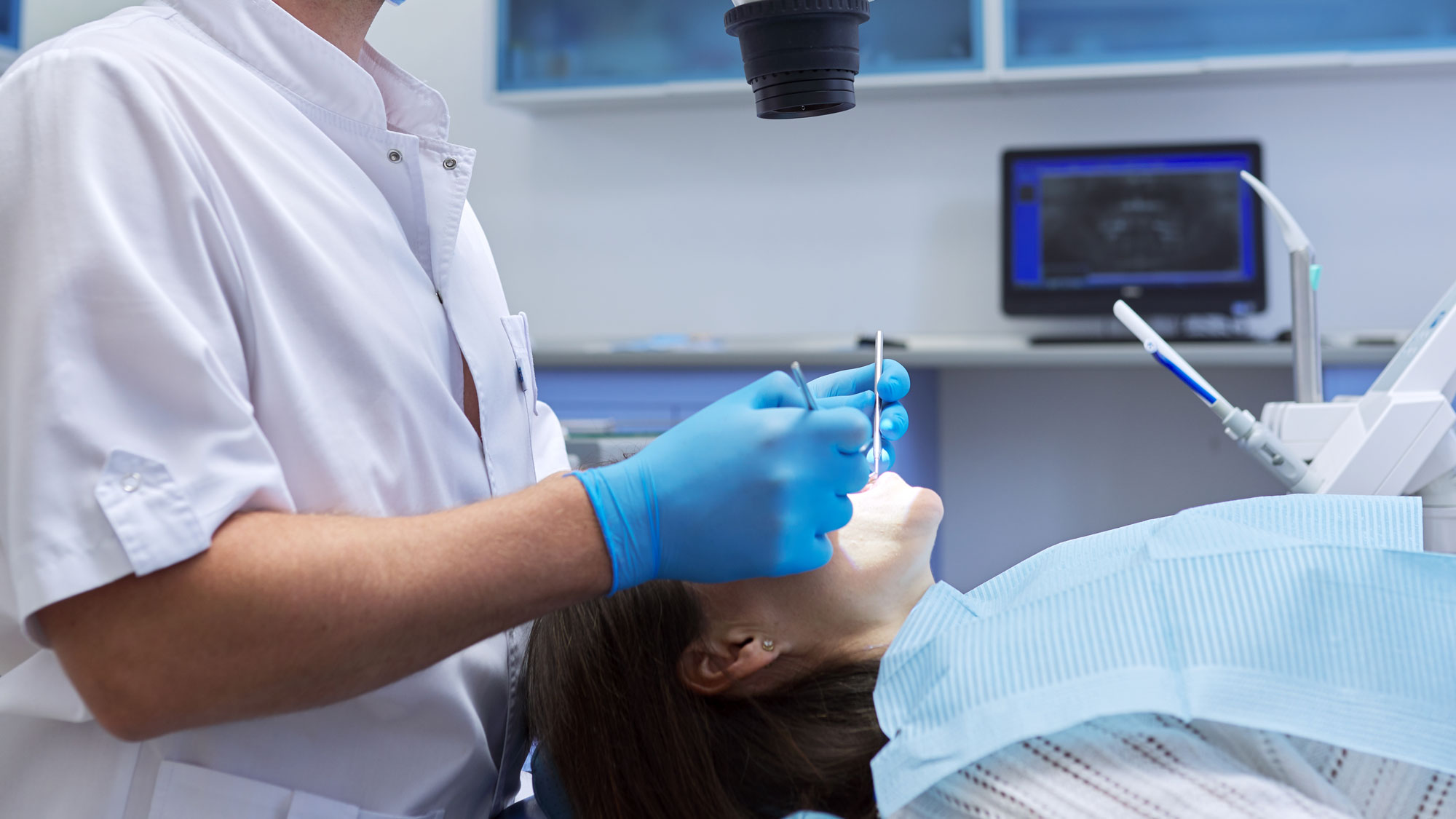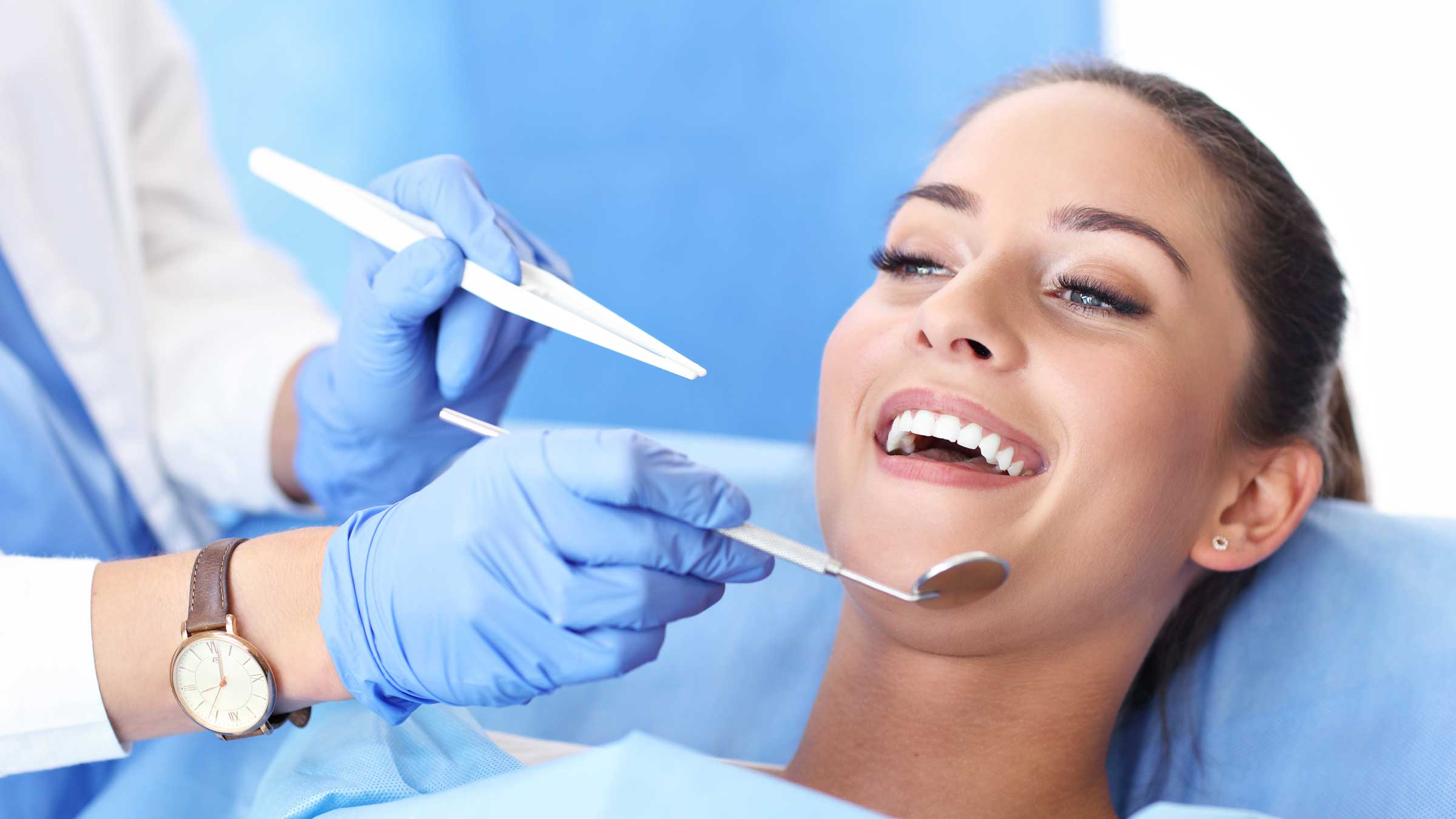Patient Reviews
0
+

Oral scanning is a state-of-the-art technology that has transformed the process of taking dental impressions. Traditionally, dental impressions involved messy and uncomfortable molds made from putty or paste, which could be unpleasant for patients. With oral scanning, however, the procedure is faster, more comfortable, and highly accurate. This technique uses a small, handheld scanner to capture 3D images of the teeth and gums, creating a detailed digital map of the mouth. The digital scan is precise and can be instantly viewed on a computer screen, allowing for immediate adjustments if needed. Oral scanning eliminates the need for traditional molds, reducing discomfort and the risk of inaccuracies, while providing a faster and more efficient workflow for dentists. It is especially beneficial for planning treatments such as crowns, bridges, implants, and aligners, as it ensures a highly customized fit. Additionally, the digital data collected during an oral scan can be easily stored, shared, and accessed for future dental work or follow-up visits, providing a seamless and convenient experience for both the patient and the dentist. Oral scanning is an essential innovation in modern dentistry, offering enhanced precision, comfort, and convenience.

The dentist examines the patient’s mouth and prepares the area by ensuring the teeth and gums are clean, making it ready for the digital scan.

A small, handheld scanner is used to capture precise 3D images of the teeth and gums, creating an accurate digital impression in real-time.

The dentist reviews the digital scan on a computer screen, makes any necessary adjustments, and then transfers the data for further treatment planning or fabrication of dental restorations.
No, oral scanning is completely pain-free. The process involves a small, handheld scanner that captures images without causing any discomfort.
An oral scan is quick, typically taking only 5 to 10 minutes, depending on the complexity of the dental area being scanned.
Yes, oral scanning is generally more accurate than traditional impressions, as it provides detailed 3D images and minimizes the risk of errors due to misimpression.
Oral scanning is ideal for many dental procedures, including crowns, bridges, implants, and aligners, but the dentist will assess if it’s suitable for more complex cases.

